Finance
NPS at crossroads over Daewoo Shipbuilding rescue plan
[THE INVESTOR] Amid questions being raised over its political neutrality, National Pension Service, South Korea’s national pension fund is again standing at a crossroads that would determine the fate of the troubled shipbuilder Daewoo Shipbuilding & Marine Engineering.
In the coming weeks, NPS will have to decide on a debt restructuring plan for cash-strapped DSME proposed by the government and main creditors -- Korea Development Bank and The Export-Import Bank of Korea -- on Thursday.
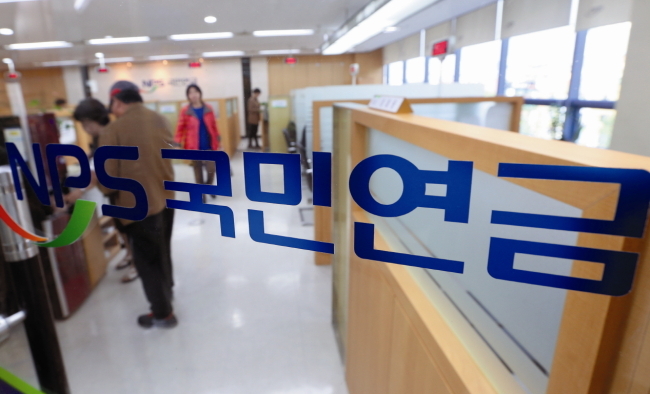 |
The main creditors and the company said last week that they will do their best to convince stakeholders holding DSME debt such as the NPS, Teachers Pension and Korea Post.
The state-run pension fund alone holds 390 billion won in DSME corporate funds, accounting for almost 30 percent of the total corporate bonds. In addition, 193 billion won corporate bonds NPS is holding is maturing on April 21.
Korea Post and Teachers‘ Pension, which have tendency to follow NPS’s stance, hold 180 billion won and 100 billion won, respectively, in the shipbuilder’s corporate bonds.
This position will give the national pension fund the power to save or break the new rescue plan.
According to the rescue plan, a second round bailout plan since October 2015, the two policy banks will pour new liquidity to the troubled shipbuilding company only if other stakeholders including commercial banks, bondholders and labor union all share burden.
The rescue plan requires creditors to swap debt to equity and a grace period for unsecured loans up to five years.
In order to pass the debt restructuring plan, more than one-third of bond holders in terms of amount is required to attend the meeting and more than two-thirds of the participants need to agree. At the same time, it needs one-third of bond holders in terms of amount backing the plan.
KDB, the biggest shareholder of DSME, was scheduled to meet private debt holders on Monday in order to persuade them to join the rescue plan.
The private debt holders including NPS will meet for five times between April 17 and 18, according to KDB.
If the world’s third largest fund agrees, it is likely to face a criticism that the nation’s retirement funds are used to save a particular company, raising questions again over its neutrality and independence.
The NPS has been accused of backing a controversial merger between two Samsung affiliates in 2015.
Backed by NPS’s support, Samsung C&T merged with Cheil Industries, despite strong opposition by individual shareholders led by US hedge fund Elliott Associates. The merger cost NPS at least 138.8 billion won, according to the special prosecutors. The special prosecutors indicted former chief investment officer last month on allegations that he ordered investment-committee members to vote for the merger.
If debt holders fail to reach an agreement, the government will initiate a prepackaged plan, a combination of workout and court protection under which a restructure plan is agreed in advance of a company declaring its insolvency.
The main creditors and the government said that the so-called P-plan has a risk of “builder’s default,” meaning ship-owners can cancel existing orders, if the company goes into court receivership. If the P-plan leads to liquidation of the shipyard, NPS faces a risk of losing its investments.
“After the government unveiled the new rescue plan, we have been reviewing all possible measures and we will make a careful decision based on the principle of contributing a long-term benefit for the fund,” a NPS official said.
“It will make a comprehensive review taking into account feasibility of debt-to-equity swap, plan for management improvement and legal risk,” the NPS said in a statement on Friday.
Meanwhile, on Friday, Jung Sung-leep, president of DSME, said he expects a business turnaround this year by reducing risky offshore projects and focusing on liquefied national gas carriers and other specialty vessels.
The company on the same day asked the labor union to cut workers’ wage by 10 percent. The labor union earlier that day said they were willing to accept a proposed pay cut from the company’s creditors.
By Park Ga-young/The Korea Herald (gypark@heraldcorp.com)


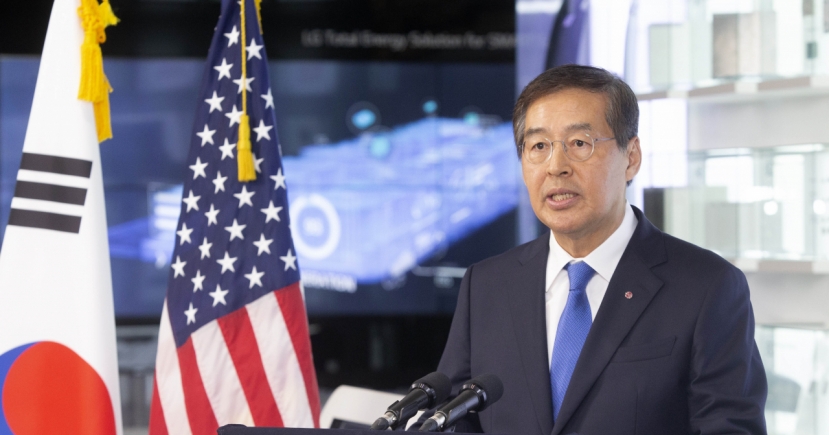
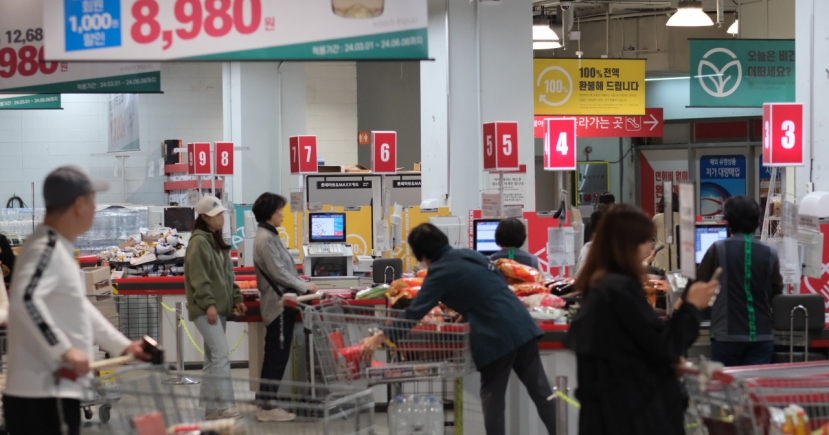
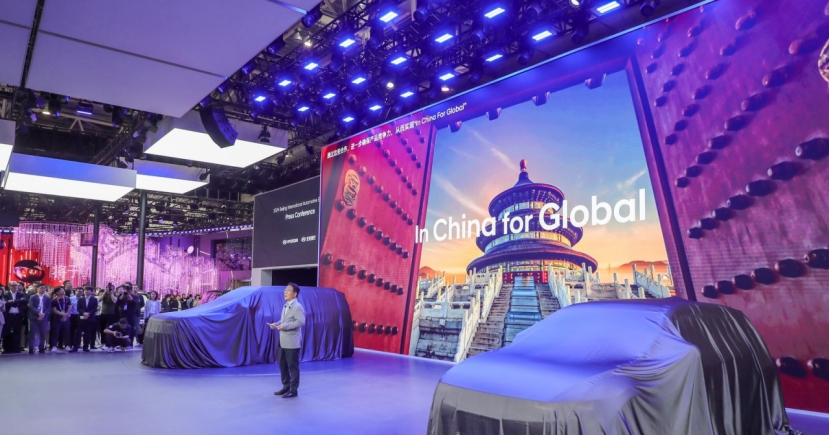
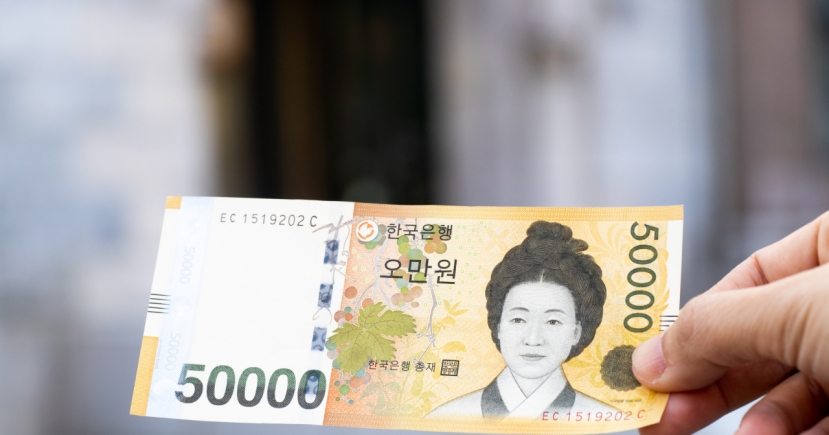
![[KH Explains] Korean shipbuilding stocks rally: Real growth or bubble?](http://res.heraldm.com/phpwas/restmb_idxmake.php?idx=151&simg=/content/image/2024/04/25/20240425050656_0.jpg)
![[Hello India] Hyundai Motor vows to boost 'clean mobility' in India](http://res.heraldm.com/phpwas/restmb_idxmake.php?idx=151&simg=/content/image/2024/04/25/20240425050672_0.jpg)
